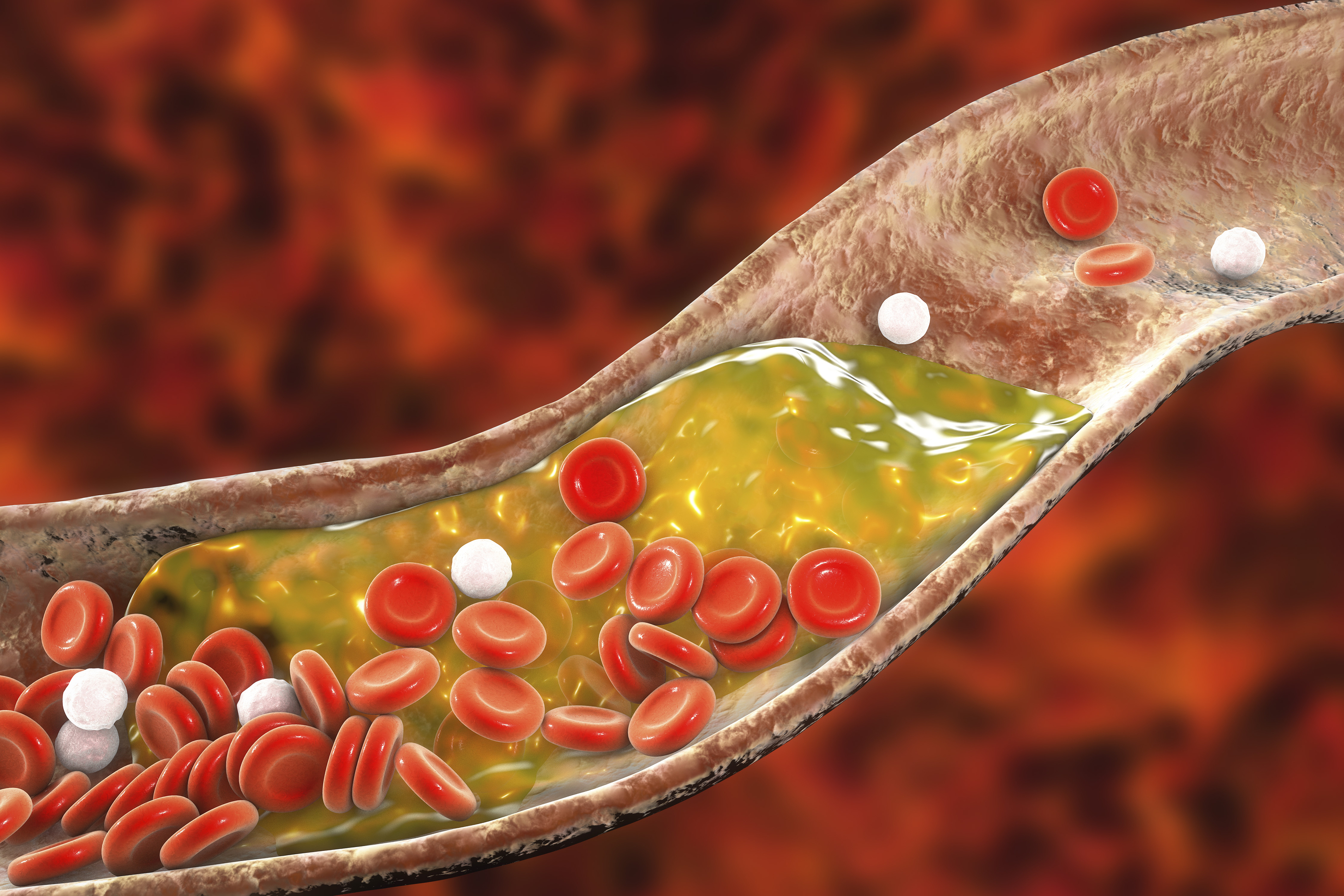Key Points:
- Inter-atrial shunting (IAS) may provide a useful opportunity to dynamically regulate left atrial pressure in heart failure.
- In the RELIEVE-HF study, IAS was compared with placebo in patients with at least a 6-month history of HF, across all LVEF categories and HF etiologies. The primary endpoint was a hierarchical composite of all-cause death, transplant or LVAD placement, all HF hospitalizations, and change in KCCQ score from baseline to 12 months; the primary safety endpoint was a composite of major adverse cardiac or neurologic events over 30 days.
- IAS was well-tolerated with zero adverse safety events, but it did not result in a significant reduction in the primary endpoint. However, in exploratory pre-specified stratified analyses by LVEF, IAS appeared to cause harm in patients with HFpEF and confer benefit in HFrEF.
High left atrial pressure and resultant pulmonary venous congestion generate a high burden of symptoms in HF. While diuretic therapy and GDMT may reduce congestion, it is difficult to pharmacologically regulate transient or dynamic rises in pressure resulting from exercise or fluid overload. An inter-atrial shunt (IAS) may provide an opportunity to autoregulate these rises in left atrial pressure, and pilot studies have supported their role in symptom reduction in HF. In a breaking presentation at the 2024 ACC conference today, Dr. Gregg Stone (Mount Sinai, NYC) and his team presented their study: “RELIEVE HF: A Double-blind, Randomized Placebo-Procedure-Controlled Trial of an Interatrial Shunt In Patients with HFrEF and HFpEF.”
The RELIEVE-HF trial (NCT03499236) was a randomized, double-blind, placebo-controlled multicenter trial examining the efficacy and safety of a V-Wave IAS device vs placebo in reducing symptoms in patients with both HFpEF and HFrEF. Participants were required to have at least a 6-month history of heart failure (with any LVEF or etiology) and either a HF hospitalization over the past year or an elevated natriuretic peptide level. Key exclusion criteria were hypotension (sBP <90), hypertension (sBP >160), refractory pulmonary hypertension (PASP >70 mm Hg), LVEDD >8cm, RV dysfunction, or a pre-existing ASD. In addition, patients were excluded after RHC or TEE if they were observed to have an anatomic abnormality precluding IAS or signs of hemodynamic or respiratory instability. The primary outcome was comparison between groups of a hierarchical composite of all-cause death, transplant or LVAD placement, all HF hospitalizations, and change in KCCQ score from baseline to 12 months; the primary outcome was analyzed using the Finkelstein-Schoenfeld method and was expressed as a win ratio. The primary safety endpoint was a composite of major adverse cardiovascular or neurologic outcomes (all-cause death, stroke, systemic embolism or need for open cardiac surgery or major endovascular surgical repair). In secondary analyses, the primary endpoint analyses were stratified by HFpEF (LVEF >40%) and HFrEF (LVEF ≤40%) status. Key secondary outcomes included individual components of the primary composite.
A total of 508 patients were 1:1 randomized across 94 sites to either IAS (n=250) or placebo procedure (n=258). The median age was 73, and 38% were women; 46% of participants had an ischemic cardiomyopathy, 40% had reduced LVEF, and 50% had a HF hospitalization in the past year. Within 30 days, zero patients in the IAS group had an adverse cardiac or neurologic event, indicating that the procedure was very well-tolerated. There was no difference in the primary endpoint for IAS vs placebo (phase-weighted win ratio 0.86, 95% CI (0.61, 1.22); p=0.20). There was additionally no difference specifically in the risk of cardiovascular events (RRR 1.00, 95% CI (0.83-1.20); p=0.96). There was no difference in symptoms by KCCQ score over a year (change in baseline 9.4 ± 21.6 vs. 10.2 ± 21.3 points, P=0.74). However, there was a significant interaction by LVEF subgroup for the primary analysis (p-int = 0.0275), whereby the HFrEF-specific win ratio was 1.40, 95% CI (0.80, 2.46) and the HFpEF-specific win ratio was 0.61, 95% CI (0.31, 0.98). Interestingly, in HFpEF only, the IAS group was observed to have higher risk of all-cause death (RRR 3.24, 95% CI (1.38-7.59); p=0.004), all cardiovascular events (RRR 1.68, 95% CI (1.29-2.19); p=0.0001), and HF hospitalizations (RRR 2.05, 95% CI (1.35-3.10); p=0.0008), whereas the IAS group had lower risk of all cardiovascular events (RRR 0.55, 95% CI (0.32-0.73); p<0.0001) and HF hospitalizations (RRR 0.52, 95% CI (0.31-0.86); p=0.01) in HFrEF.
When discussing the clinical implications of the study at the ACC conference, Dr. Stone stated: “Transcatheter implantation of the Ventura inter-atrial shunt was safe but did not reduce symptoms or improve prognosis through 2 years in patients with HF across the full range of all LVEF…the results from a pre-specified stratified analysis suggest that inter-atrial shunt implantation is beneficial in patients with reduced LVEF and harmful in patients with preserved LVEF…however, the reduced and preserved LVEF groups, although pre-specified randomized strata, were not individually powered for effectiveness; the results within each strata must therefore be considered exploratory.”



